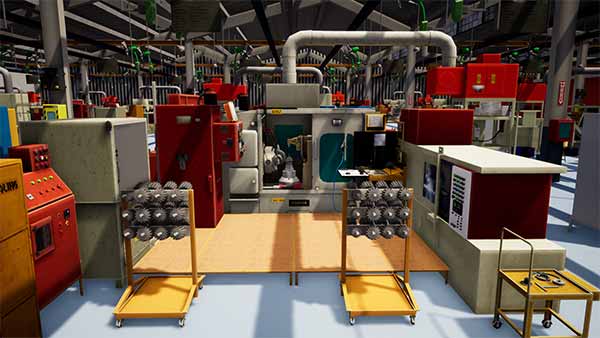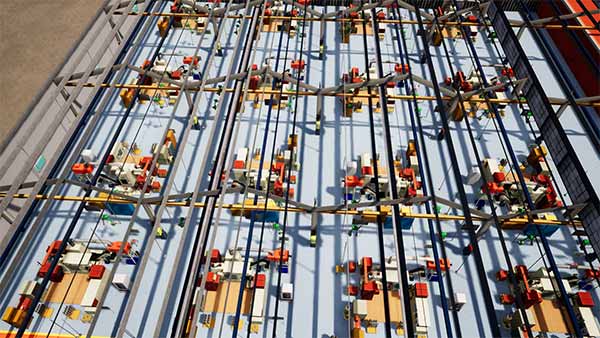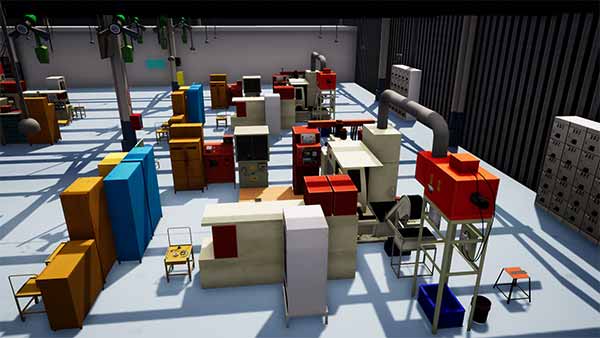-
Platform

HTC Vive VR
-
Industry

Automotive
-
Use Case

Training
Objective
One of India’s largest multinational car manufacturing corporations approached us for creating a VR module on a Hobbing machine. Hobbing is a machining process for gear cutting, cutting splines, and cutting sprockets. The splines of the gear are progressively cut into the material (a flat, cylindrical piece of metal) by a series of cuts made by a cutting tool called a hob.
Challenges Involved
For each type of gear (Spur, LH Helical, RH Helical), the machine has to be set up in different parameters. Mainly, three settings have to be performed before starting the machine.
-
Gear Train Setup (30 minutes in real-time)
-
Hob tool change (45 minutes in real life)
-
HMI parameters (30 minutes in real life)
Total of more than 200 steps needs to be performed manually to set up the machine.
Problem Statement
Firstly, the client has few hobbing machines which have been running continuously and hence they cannot use the machine for training purposes for a long time.
Secondly, the client has a few trained workers who know how to operate the machine. Majority of the workers have been failing to set up the machine correctly due to complexity. The client also wanted a higher ROI in the long run against the investment.
Simulanis Automotive VR Solution
We created a VR module on Hobbing process for three types of gears Spur, LH Helical, RH Helical which covers the setting procedure for almost every gear type.
The VR module has two modes: Guided and Unguided. In Guided mode - the operators wear the headset and familiarize themselves with the process and learn the fundamentals of hobbing. By doing this, even the new operator can learn the operation after playing the modules for 5-6 times.
In unguided mode - user performs and set up the machine himself without any guidance and the KPIs like number of errors, missing steps got recorded and the user got to see his detailed report.







Result and Feedback
Simulating industry operations in Virtual Reality proved to be a much more efficient and effective training experience. It helped in the followings:
-
Decrease in training time on real equipment by 75%
-
Increase productivity (as the machine now runs continuously for production)
-
Knowledge transfer- new workers also gained knowledge in a very effective manner)